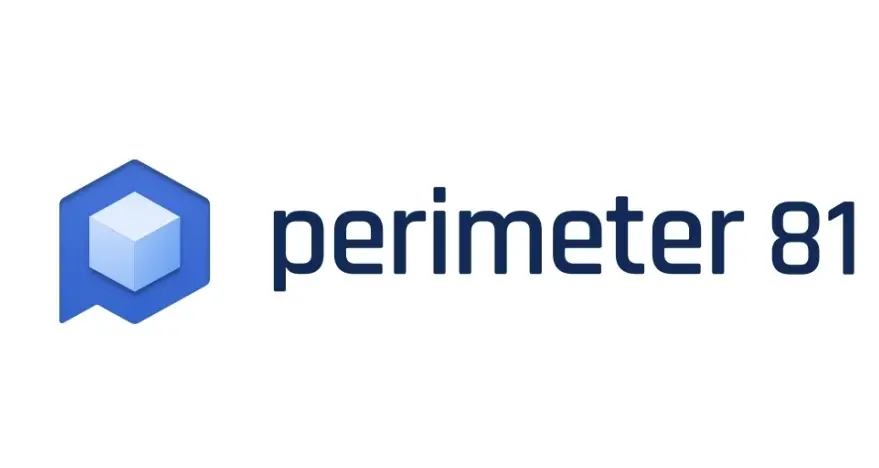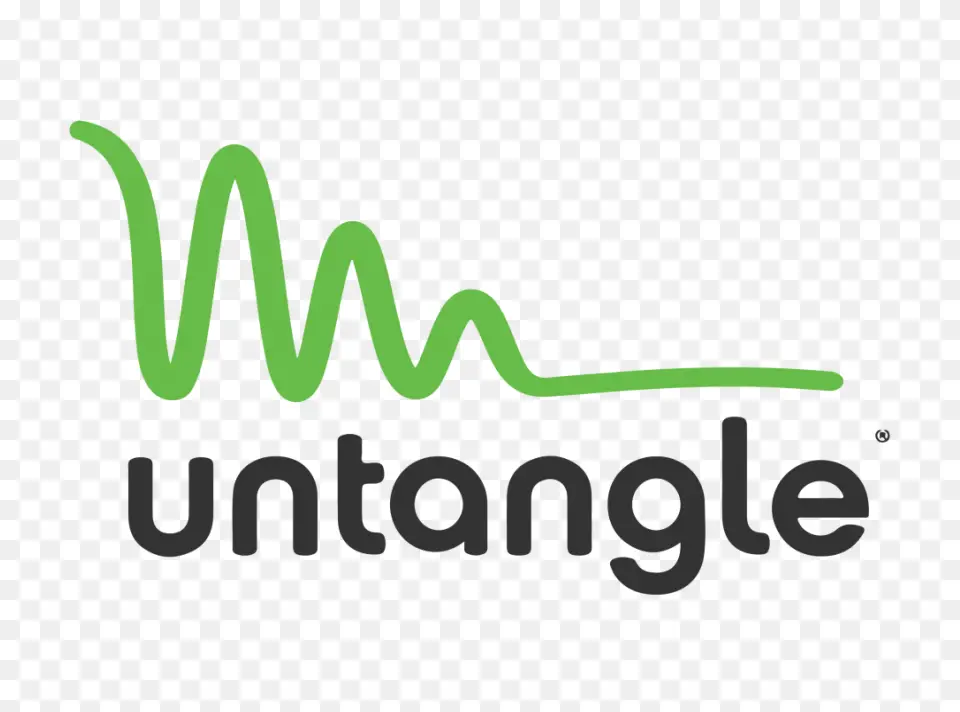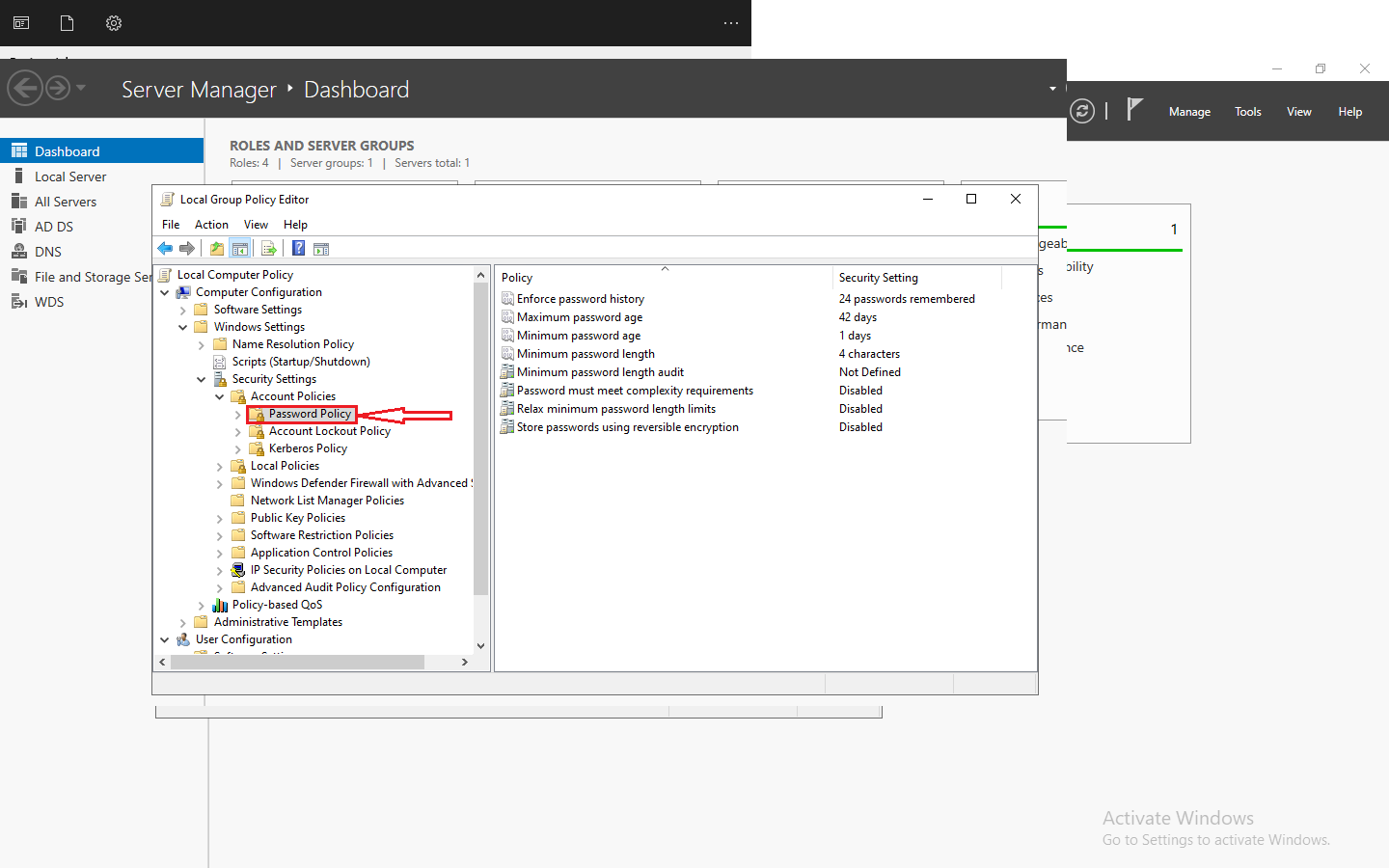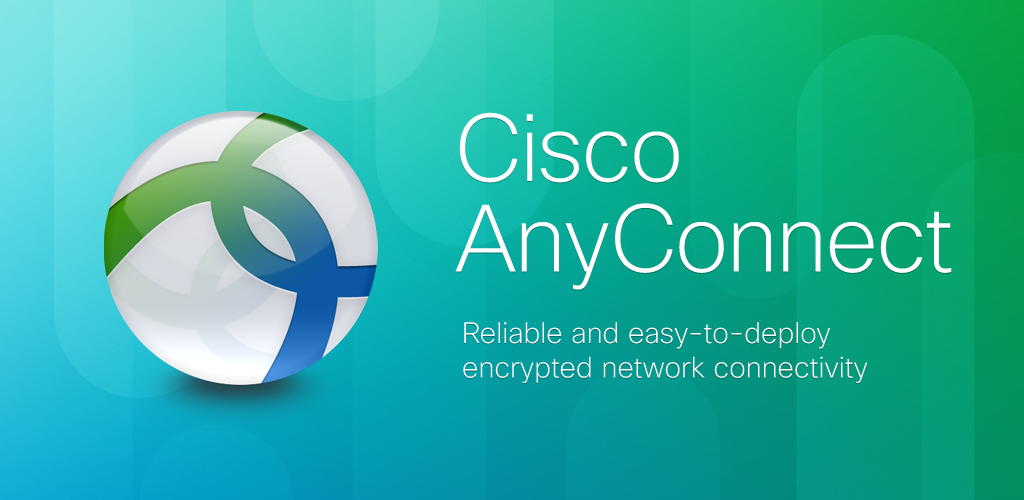Introduction
In today’s digital age, data security is a paramount concern for individuals and organizations alike. Cyberattacks and threats are becoming increasingly sophisticated, making it essential to protect sensitive information and network infrastructure. One powerful tool that helps safeguard digital assets is the open source firewall. In this blog post, we will explore what open source firewalls are, how they work, and the advantages they offer in the realm of cybersecurity.
Understanding Firewalls
Before delving into open source firewalls, let’s first understand what firewalls are and their role in network security.
A firewall serves as a protective barrier between a trusted internal network and untrusted external networks like the internet. Its primary purpose is to control and filter incoming and outgoing network traffic based on an organization’s previously established security policies. Firewalls are a critical component in securing networks and preventing unauthorized access, malicious attacks, and data breaches.
Open Source vs. Proprietary Firewalls
To understand open source firewalls, it’s important to differentiate them from their proprietary counterparts.
Proprietary Firewalls
Proprietary firewalls are developed and maintained by commercial companies. They often come with licensing fees and proprietary code, which means their source code is not accessible to the public. This lack of transparency can limit the ability to customize and audit the firewall’s behavior.
Open Source Firewalls
Open source firewalls, on the other hand, are built on open source principles. This means that their source code is freely available for anyone to inspect, modify, and distribute. This transparency has several advantages:
- Transparency: Open source firewalls provide full visibility into their code, making it easier to identify vulnerabilities, implement custom security policies, and assess the software’s trustworthiness.
- Customization: Users can tailor open source firewalls to suit their specific needs. This flexibility allows organizations to create a firewall solution that aligns perfectly with their security requirements.
- Community Collaboration: Open source projects often benefit from a community of contributors who continuously improve the software. This collaborative effort results in rapid updates and enhanced security features.
10 Best Open Source Firewalls 2023
- Perimeter 81
- PfSense
- Untangle Firewall
- OPNsense Firewall
- Iptables
- IPFire
- IPCop Firewall
- Shorewall
- SmoothWall
- Endian
- ClearOS
1. Perimeter 81

Perimeter 81 Firewall is a network security solution that plays a crucial role in safeguarding data and network infrastructure. It is known for its Zero Trust Network Access (ZTNA) model and cloud-native architecture, providing businesses with enhanced security in an era of evolving cyber threats.
Key Features
- Zero Trust Network Access (ZTNA)
- Cloud-Native Architecture:
- Secure Remote Access:
- Simplified Management:
- Threat Prevention:
Pros
- Enhanced Security: The Zero Trust Network Access model ensures that network access is strictly controlled, reducing the attack surface and bolstering overall security. It is especially effective against the growing number of cyber threats.
- Scalability: Its cloud-native architecture allows for easy scalability, making it suitable for businesses with evolving needs. You can adjust the firewall as your organization grows or undergoes changes.
- User-Friendly Interface: The management console’s intuitive design reduces the learning curve for IT staff, enabling efficient network security management.
- Remote Work Support: Perimeter 81 Firewall excels in facilitating secure access to corporate resources from anywhere, making it well-suited for organizations with remote workforces.
- Real-Time Threat Prevention: The firewall’s robust threat prevention capabilities help safeguard your network from emerging threats, ensuring data integrity and business continuity.
Cons
- Cost: While the features and security are robust, Perimeter 81 Firewall may come with a relatively higher price tag. This could be a limiting factor for smaller businesses with budget constraints.
- Complex Integration: The cloud-native architecture might pose integration challenges for organizations with complex legacy systems or on-premises infrastructure. Integration efforts may require additional resources and planning.
- Limited Customization: Some users may find that the firewall lacks extensive customization options compared to certain on-premises solutions. This can be a drawback for organizations with highly specific security requirements.
2. PfSense

fSense is an open-source firewall and routing software platform based on FreeBSD. It is designed to be a powerful and highly customizable solution for managing and securing network traffic. pfSense offers a wide range of features and functionality, making it a popular choice for both home and business users.
Key Features of pfSense Firewall
- Open-Source Architecture
- Highly Customizable
- Stateful Packet Inspection (SPI)
- VPN Support
- Multi-WAN Load Balancing
- Intrusion Detection and Prevention System (IDPS)
Pros of pfSense Firewall
- Cost-Efficient:
- Being open-source, pfSense is a cost-effective solution, especially when compared to commercial firewall options.
- Community Support:
- The active pfSense community provides extensive documentation, forums, and user-generated content to help users troubleshoot issues and make the most of the software.
- User-Friendly Web Interface:
- pfSense features an intuitive web-based interface that simplifies configuration and management. Users with little technical knowledge can navigate the platform with ease.
- Scalability:
- Whether you’re setting up a firewall for a small home network or a large enterprise, pfSense can scale to meet your requirements.
- High Performance:
- pfSense is known for its ability to handle high network traffic without sacrificing performance, making it suitable for demanding environments.
Cons of pfSense Firewall
Pros of pfSense Firewall:
- Cost-Efficient:
- Being open-source, pfSense is a cost-effective solution, especially when compared to commercial firewall options.
- Community Support:
- The active pfSense community provides extensive documentation, forums, and user-generated content to help users troubleshoot issues and make the most of the software.
- User-Friendly Web Interface:
- pfSense features an intuitive web-based interface that simplifies configuration and management. Users with little technical knowledge can navigate the platform with ease.
- Scalability:
- Whether you’re setting up a firewall for a small home network or a large enterprise, pfSense can scale to meet your requirements.
- High Performance:
- pfSense is known for its ability to handle high network traffic without sacrificing performance, making it suitable for demanding environments.
Cons of pfSense Firewall:
- Learning Curve:
- Despite the user-friendly interface, pfSense does have a learning curve, especially for those new to network security. Users might need some time to familiarize themselves with its features.
- Hardware Requirements:
- To fully utilize the capabilities of pfSense, you may need dedicated hardware. This can add to the initial cost if you don’t have suitable equipment already.
- Lack of Commercial Support:
- While the community support is robust, pfSense doesn’t offer the same level of commercial support as some other firewall solutions. This can be a drawback for organizations that rely on extensive support contracts.
3. Untangle Firewall

Untangle Firewall is a network security solution designed to protect computer networks and the data they transmit. It is an open-source, software-based firewall that offers a range of features and functionalities to safeguard networks from various cyber threats and ensure secure data traffic. Untangle provides a user-friendly interface, making it accessible to both experienced network administrators and those new to network security.
Key Features of Untangle Firewall
- User-Friendly Interface
- Application Control
- Intrusion Detection and Prevention System (IDPS)
- Content Filtering
- VPN Support
- Reporting and Analytics
Pros of Untangle Firewall
- Cost-Effective Solution
Untangle offers cost-effective pricing plans suitable for businesses of all sizes. Its open-source foundation means that you can implement a powerful firewall solution without breaking the bank.
- Strong Community Support
The Untangle community is active and passionate about the product. You can find a wealth of knowledge, resources, and forums where users share their experiences, tips, and best practices. This support network can be invaluable for both new and experienced users.
- Scalability
Untangle Firewall is scalable, meaning it can grow with your organization. You can start with a basic setup and expand your security features as your needs evolve, making it a flexible solution for businesses.
Cons of Untangle Firewall
- Learning Curve
While Untangle is user-friendly, there may still be a learning curve for beginners, especially those without prior firewall management experience. Training or documentation may be necessary to make the most of its features.
- Hardware Requirements
To run Untangle Firewall effectively, you may need to invest in hardware that meets its system requirements. This can add to the initial setup cost, depending on your organization’s current infrastructure.
4. OPNsense Firewall

OPNsense Firewall is an open-source firewall and security platform based on the FreeBSD operating system. It is designed to provide network security, including firewall functionality, intrusion detection, virtual private network (VPN) support, and other security features
Key Features
- Open Source and Free
- User-Friendly Web Interface
- Stateful Packet Inspection (SPI)
- Intrusion Detection and Prevention System (IDPS)
- High Customization
Pros
- Strong Security: OPNsense Firewall offers robust security features, including stateful packet inspection, IDPS, and VPN support, making it effective at protecting your network.
- Active Community: The OPNsense community is active and engaged. This means regular updates, bug fixes, and the development of new features to keep your firewall current and secure.
- User-Friendly: The web interface is user-friendly, making it accessible to users with varying levels of technical expertise.
- Cost-Efficient: As open-source software, OPNsense is free to use, saving you money on licensing fees.
- Customization: You can tailor OPNsense to your specific requirements, thanks to the extensive range of plugins and extensions available.
Cons
- Learning Curve: While the web interface is user-friendly, some aspects of OPNsense may require a learning curve, especially for beginners.
- Hardware Requirements: To fully leverage the capabilities of OPNsense, you might need specific hardware, which could add to the overall cost.
- Limited Official Support: Although there’s an active community, official support options may be limited compared to commercial firewall solutions.
5. iptables

Iptables is a firewall management tool for Linux-based operating systems. It is used to configure, maintain, and control packet filtering rules within the Linux kernel’s netfilter framework, allowing administrators to manage network traffic and enhance network security. Iptables provides the means to filter and manipulate network packets based on various criteria, including source and destination IP addresses, port numbers, and protocols. This enables administrators to define rules that determine which network packets are allowed to pass through the firewall and which ones are denied, helping protect servers and networks from unauthorized access and potential threats.
Key Features of iptables
- Packet Filtering
- Network Address Translation (NAT)
- Stateful Packet Inspection
- Custom Rule Creation
- Logging
Pros of Using iptables
Now that we’ve explored its key features, let’s delve into the advantages of using iptables as your firewall solution:
1. Robust Security
iptables is highly effective at securing your network. Its packet filtering and stateful packet inspection capabilities make it a formidable defense against various types of attacks, such as Distributed Denial of Service (DDoS) and port scanning.
2. Granular Control
The ability to create custom rules gives you granular control over network traffic, allowing you to define and enforce specific security policies. This level of customization is essential for organizations with unique network requirements.
3. Resource Efficiency
iptables is known for its efficiency and low resource consumption. It can handle a substantial amount of network traffic without causing a significant performance impact on your server or network infrastructure.
4. Open Source
Being open-source software, iptables is freely available and has a large community of developers and users. This means you can benefit from ongoing updates, bug fixes, and a wealth of online resources for support and troubleshooting.
Being open-source software, iptables is freely available and has a large community of developers and users. This means you can benefit from ongoing updates, bug fixes, and a wealth of online resources for support and troubleshooting.
Cons of Using iptables
While iptables offers many advantages, it also has some limitations and challenges:
1. Complexity
The extensive configuration options in iptables can be daunting for beginners. Creating and managing complex rules may require a steep learning curve, and mistakes can lead to security vulnerabilities.
2. Limited User-Friendly Interface
Iptables primarily uses a command-line interface, which can be intimidating for users accustomed to graphical user interfaces (GUIs). Third-party tools and scripts are available to simplify management, but they may not cover all use cases.
3. Constant Rule Maintenance
Network environments are dynamic, and maintaining iptables rules to adapt to changes in traffic patterns and network infrastructure can be time-consuming. Failing to do so can result in security gaps.
4. Not Suitable for All Use Cases
Iptables is ideal for server-based firewall protection. However, it may not be the best choice for network devices like routers, where specialized solutions like pfSense or Cisco ASA are more appropriate.
6. IPFire

IPFire Firewall is an open-source, Linux-based firewall distribution designed to provide robust network security and protection against online threats. It serves as a powerful and customizable firewall solution for individuals, small to medium-sized businesses, and even larger organizations. IPFire Firewall is known for its versatility and strong feature set, making it a popular choice for those seeking to secure their networks effectively.
Key Features of IPFire Firewall
- Stateful Packet Inspection (SPI)
- Proxy Server
- Intrusion Detection System (IDS)
- Virtual Private Network (VPN) Support
- Quality of Service (QoS)
- Web User Interface
Pros of IPFire Firewall
- Open-Source and Free: IPFire Firewall is open-source and completely free to use. This means you can benefit from its robust security features without incurring any licensing costs.
- Highly Customizable: IPFire is highly customizable, allowing users to tailor their firewall rules and settings to meet their specific security needs. This flexibility is valuable for businesses with unique requirements.
- Strong Community Support: IPFire has an active user community and an extensive knowledge base. This means you can find help and resources easily when configuring and troubleshooting the firewall.
- Regular Updates: The development team behind IPFire releases frequent updates, ensuring that the firewall remains up to date with the latest security threats and improvements.
- Resource Efficiency: IPFire Firewall is known for its low resource requirements, making it suitable for running on older hardware or virtual machines.
Cons of IPFire Firewall
While IPFire Firewall offers several advantages, it’s essential to consider its limitations as well:
- Steep Learning Curve: For beginners, the extensive set of features and configuration options in IPFire can be overwhelming, resulting in a steep learning curve.
- Limited Official Documentation: Although there is an active community, the official documentation for IPFire Firewall can be somewhat sparse, making it challenging for users to find comprehensive guidance.
- Not Ideal for All Use Cases: While IPFire is a robust solution, it may not be the best choice for every network. For complex enterprise environments, other commercial firewalls might offer more extensive support and features.
7. IPCop Firewall

IPCop Firewall is an open-source Linux-based firewall distribution designed to provide network security and protection for small and medium-sized businesses, as well as home networks. It was created to serve as a dedicated firewall and router system, offering a range of features and services to enhance network security and manage internet traffic effectively
Key Features of IPCop Firewall
- Open-Source Nature
- Stateful Packet Inspection (SPI)
- Proxy and VPN Support
- Intrusion Detection System (IDS)
- Web-Based Management Interface
- Add-Ons and Extensions
Pros of IPCop Firewall
- Cost-Effective Solution:IPCop is an open-source firewall, which means it is entirely free to use. This makes it an attractive choice for small and medium-sized businesses with budget constraints.
- Community Support:With an active and engaged user community, IPCop benefits from continuous development and support. Users can access forums and documentation to get help, share experiences, and find solutions to common issues.
- Ease of Use:The web-based management interface is designed with user-friendliness in mind. Even those without extensive technical knowledge can navigate the system and configure security settings with relative ease.
- Scalability:IPCop can be scaled to meet the specific needs of your network, making it suitable for a wide range of environments. You can start small and expand as your requirements grow.
- Versatility:The ability to customize IPCop with various add-ons and extensions ensures that you can tailor the firewall to your exact security needs.
Cons of IPCop Firewall
Limited Enterprise Features:IPCop is primarily designed for small and medium-sized businesses. It lacks some of the advanced features and scalability required for large enterprise environments.Hardware Requirements:To ensure optimal performance, IPCop may require specific hardware, which can be a drawback for those with older or less capable equipment.Continuous Maintenance:Like many open-source solutions, IPCop requires ongoing maintenance and updates to stay secure. This can be time-consuming for organizations with limited IT resources.
8. Shorewall

Shorewall is an open-source, high-level firewall configuration tool for Unix-based operating systems, primarily Linux. It is designed to simplify the process of configuring and managing firewall rules and policies. Shorewall is known for its user-friendly approach, making it accessible to both seasoned system administrators and those new to firewall management.
Key Features of Shorewall Firewall
- Easy Configuration
- Zones and Interfaces
- Port Forwarding and NAT
- Connection Tracking
- Extensive Documentation
Pros of Shorewall Firewall
Shorewall Firewall offers several advantages that make it a popular choice for securing networks:
- Open Source and Free:
- Shorewall is an open-source software, which means it is free to use and can be modified to suit your specific requirements. This makes it a cost-effective choice for businesses and individuals.
- Simplicity:
- Shorewall’s straightforward configuration files and clear documentation make it accessible to users with varying levels of expertise. Even those new to firewalls can quickly grasp its concepts.
- Security:
- The firewall’s stateful packet inspection, zone-based policy enforcement, and NAT capabilities provide robust security for your network, helping prevent unauthorized access and attacks.
- Versatility:
- Shorewall can be used in a variety of network configurations, from small home networks to large enterprise setups. It is highly adaptable to suit different environments.
- Active Community:
- Shorewall has an active user community and receives regular updates and support. This ensures that the software remains up to date and secure.
Cons of Shorewall Firewall
While Shorewall Firewall offers numerous benefits, it’s important to be aware of its limitations:
- Learning Curve:
- While Shorewall aims for simplicity, newcomers may still face a learning curve when dealing with firewall concepts and configurations, particularly for more complex setups.
- Limited Graphical Interface:
- Unlike some commercial firewall solutions, Shorewall primarily relies on text-based configuration files. For those who prefer a graphical user interface, this can be a drawback.
- Basic Reporting:
- Shorewall provides basic logging and reporting capabilities. If you require advanced reporting and monitoring features, you may need to use additional tools or scripts.
9. SmoothWall

SmoothWall is a software-based firewall and network security solution designed to protect computer networks from various external threats and secure internal network traffic. It is known for its user-friendly interface, open-source nature, and a range of security features. Here are some key aspects of SmoothWall firewall.
Key Features of SmoothWall Firewall
- Stateful Packet Inspection (SPI)
- Content Filtering
- Intrusion Detection and Prevention System (IDPS)
- VPN Support
- Reporting and Logging
- User Authentication
Pros of SmoothWall Firewall
- User-Friendly Interface
SmoothWall offers a user-friendly web-based interface that simplifies firewall management. This intuitive interface makes it easier for administrators to configure and monitor the firewall, even without extensive technical expertise.
- Cost-Effective
SmoothWall is a cost-effective solution, making it accessible to businesses of all sizes. Its open-source nature means that there are no licensing fees, and it can run on commodity hardware, further reducing costs.
- Strong Security
With features like SPI, content filtering, IDPS, and VPN support, SmoothWall firewall provides robust security against a wide range of threats. It helps organizations protect their network assets effectively.
- Scalability
SmoothWall can scale to meet the needs of growing organizations. Whether you’re a small business or an enterprise, you can adjust the configuration and resources to accommodate your network’s demands.
Cons of SmoothWall Firewall
- Learning Curve
While SmoothWall’s user interface is user-friendly, there might still be a learning curve for administrators who are new to firewall management. Some technical knowledge is required to maximize its effectiveness.
- Limited Support
As an open-source solution, SmoothWall’s support options are limited compared to commercial alternatives. Organizations may need to rely on community support or invest in third-party support services.
- Hardware Requirements
Although SmoothWall can run on commodity hardware, ensuring optimal performance may require investing in specific hardware components. This could add to the initial setup costs.
10 . Endian

Endian Firewall is an open-source network security solution designed to protect computer networks from various cyber threats and ensure the integrity, confidentiality, and availability of network resources. It provides a range of security features and services to safeguard your network, making it suitable for businesses, organizations, and even home users looking to enhance their network security. Endian Firewall is based on the open-source Linux operating system and offers a Unified Threat Management (UTM) system, combining several security components into a single platform
key features
- Intrusion Detection and Prevention
- VPN Support.
- Web Filtering
- Anti-virus and Anti-malware
- Proxy Server
- High Availability
- User Authentication
- Reporting and Logging
- Open Source
Pros of Endian Firewall
- Open Source
Endian Firewall is an open-source solution, which means it’s cost-effective and accessible to businesses of all sizes. You can download and use it without incurring licensing fees, making it budget-friendly.
- Comprehensive Security
The UTM capabilities of Endian Firewall provide a well-rounded approach to network security. With features like intrusion detection, content filtering, and anti-virus protection, it offers robust defense against various threats.
- Active Community
Being open source, Endian Firewall benefits from an active user community. This ensures that the software remains updated and secure, with a wealth of documentation and online support available for users.
- Easy Setup and Configuration
The user-friendly interface of Endian Firewall simplifies the initial setup and ongoing maintenance. Administrators can quickly configure security policies and monitor network activity with ease.
The user-friendly interface of Endian Firewall simplifies the initial setup and ongoing maintenance. Administrators can quickly configure security policies and monitor network activity with ease.
Cons of Endian Firewall
- Limited Scalability While Endian Firewall is suitable for small and medium-sized businesses, it may face limitations when used in large enterprises with extensive network infrastructures. Scalability could be a concern in such cases.
- Resource Intensive
The comprehensive security features can make Endian Firewall resource-intensive, especially when all UTM components are enabled. This might necessitate powerful hardware to ensure optimal performance.
FAQs
What is the most popular open source firewall?
One of the most popular open-source firewalls is pfSense. pfSense is based on FreeBSD and offers a wide range of features, including a web-based interface, firewall, VPN support, intrusion detection, and more. It has a large and active user community and is known for its flexibility and robustness.
What is the world’s most trusted open source firewall?
It’s challenging to pinpoint a single “most trusted” open-source firewall globally, as trust depends on various factors such as individual experience and specific requirements. However, IPFire and OPNsense are also highly trusted open-source firewall solutions with strong user communities and reliable performance.
Which is the best free firewall?
The “best” free firewall can vary depending on your specific needs and preferences. Some popular free firewall options, in addition to those mentioned above, include ZoneAlarm and Comodo Firewall for individual or home use. These firewalls offer a combination of features, including firewall protection, intrusion detection, and application control.
What is the best firewall available?
Determining the “best” firewall depends on your requirements, the size and complexity of your network, and your budget. Commercial firewall solutions like Cisco ASA, Palo Alto Networks, and Fortinet FortiGate are considered some of the best in the industry, offering advanced security features and scalability. However, these come at a cost. For open-source options, pfSense, IPFire, and OPNsense are among the top choices for robust network security.












